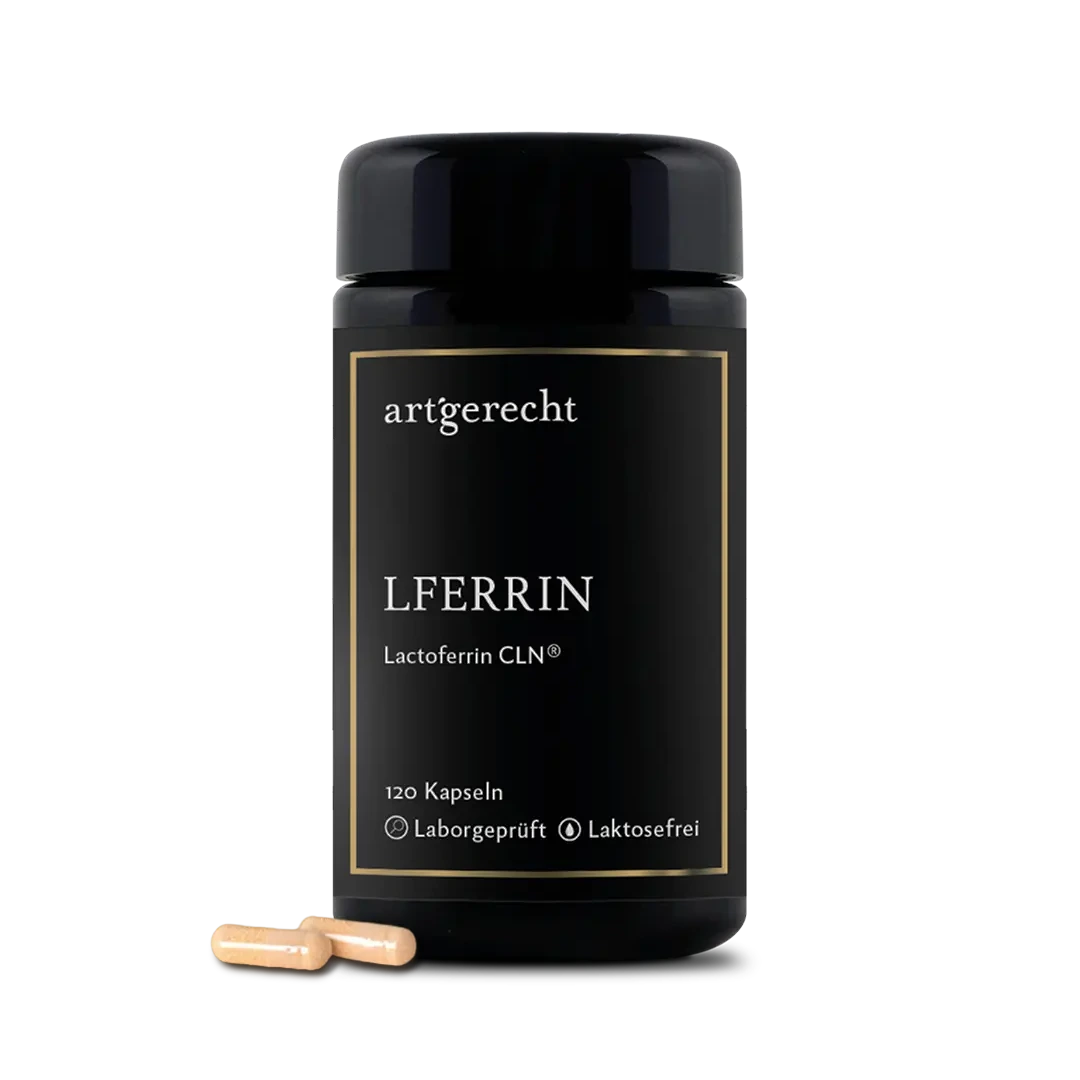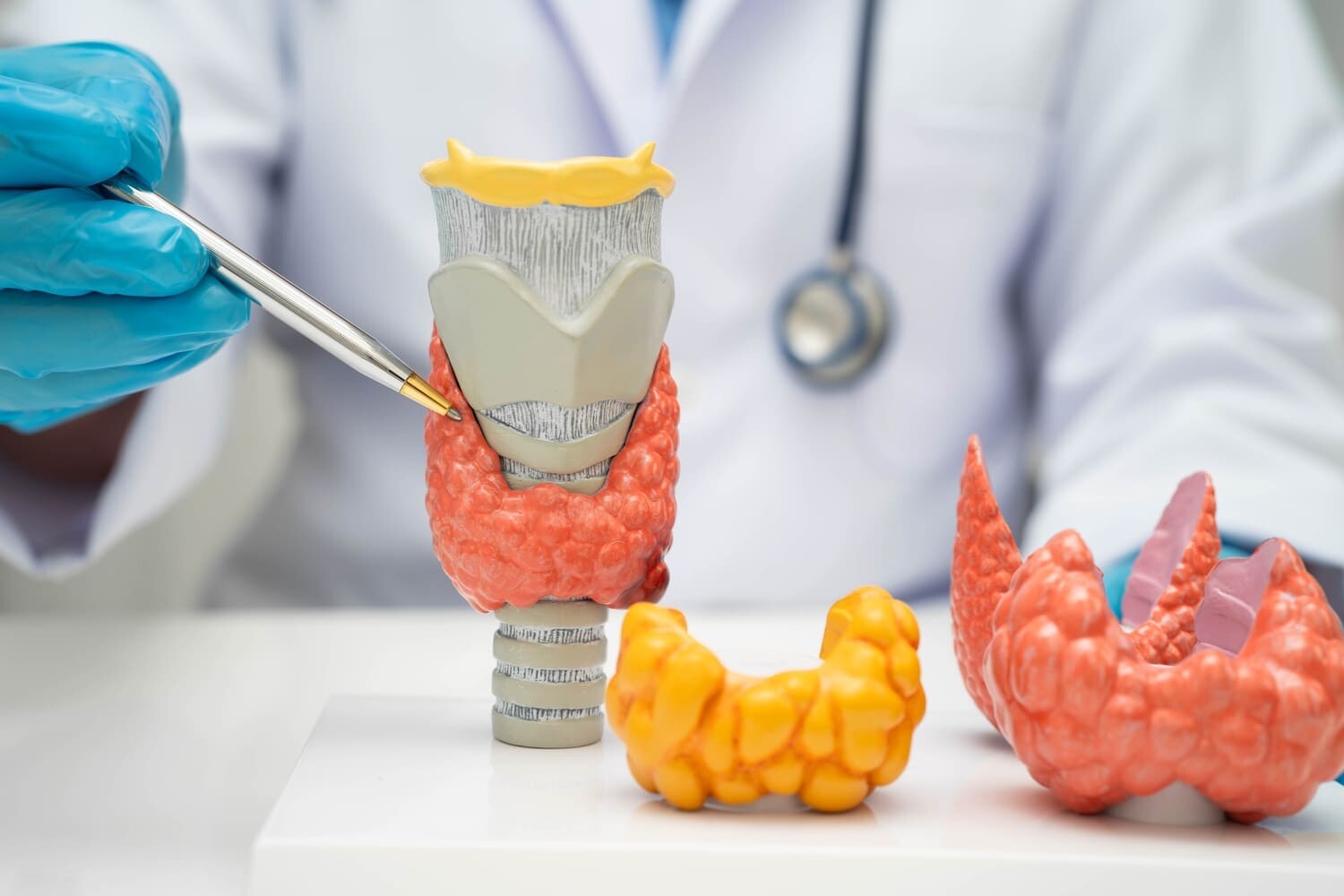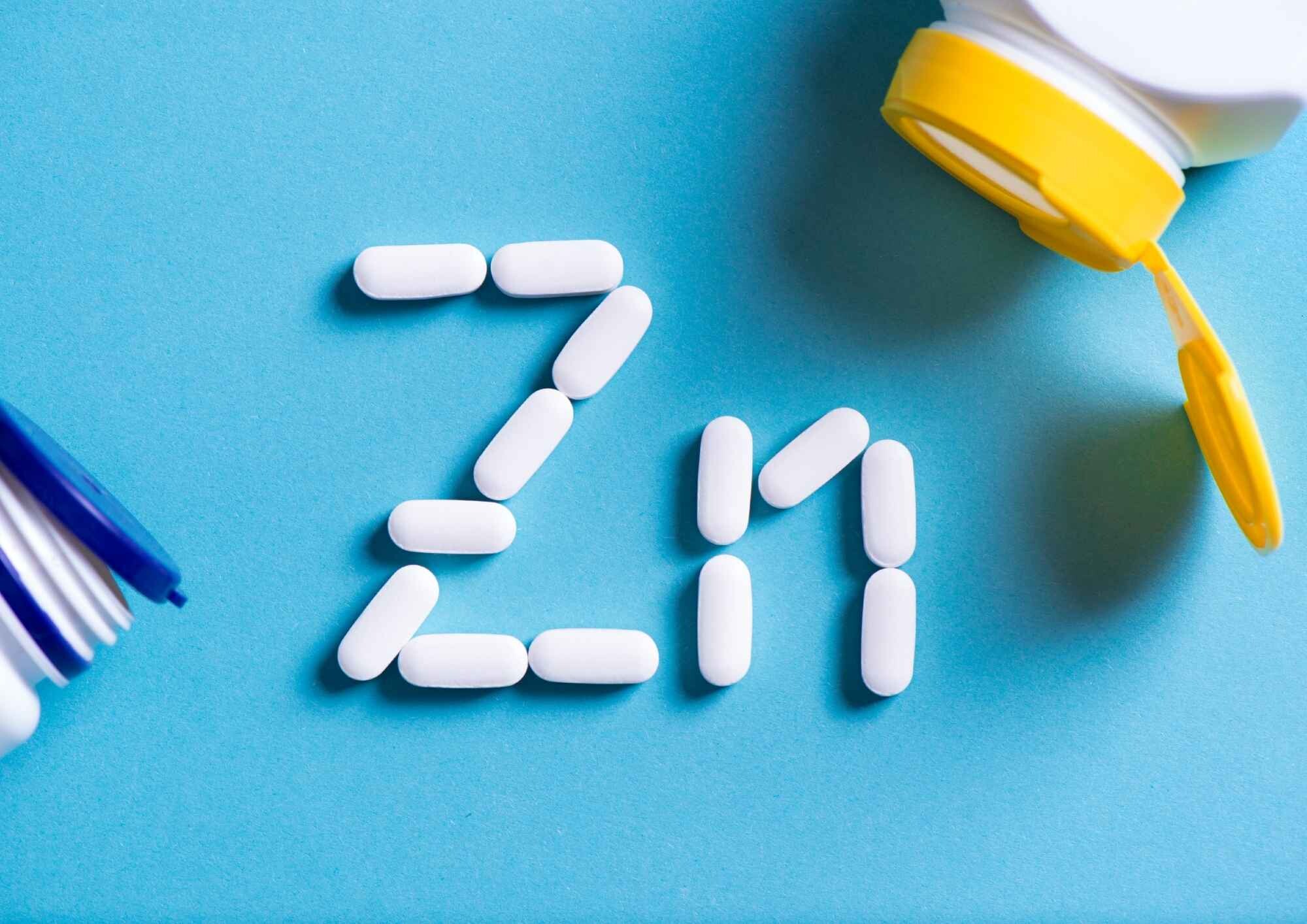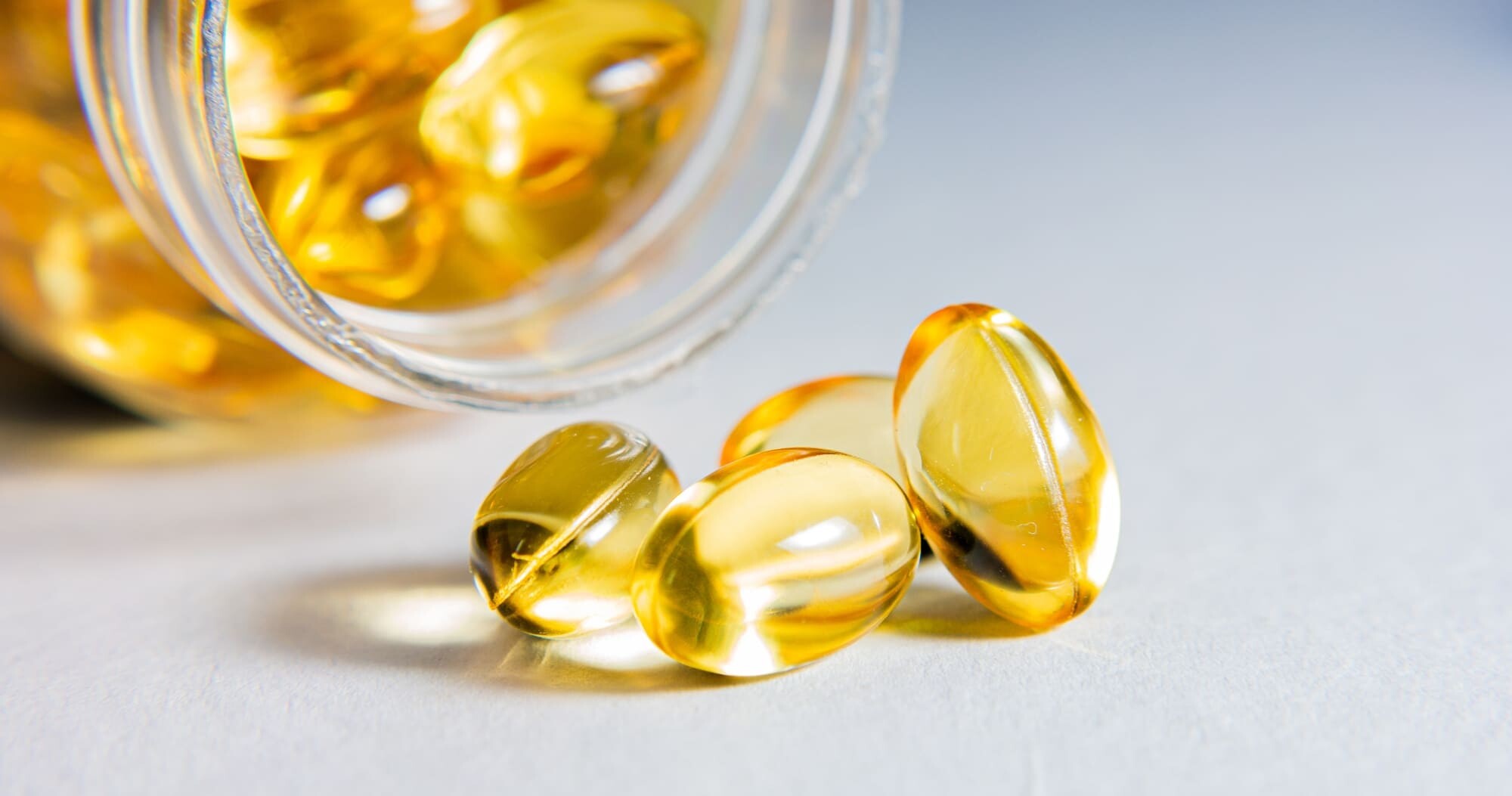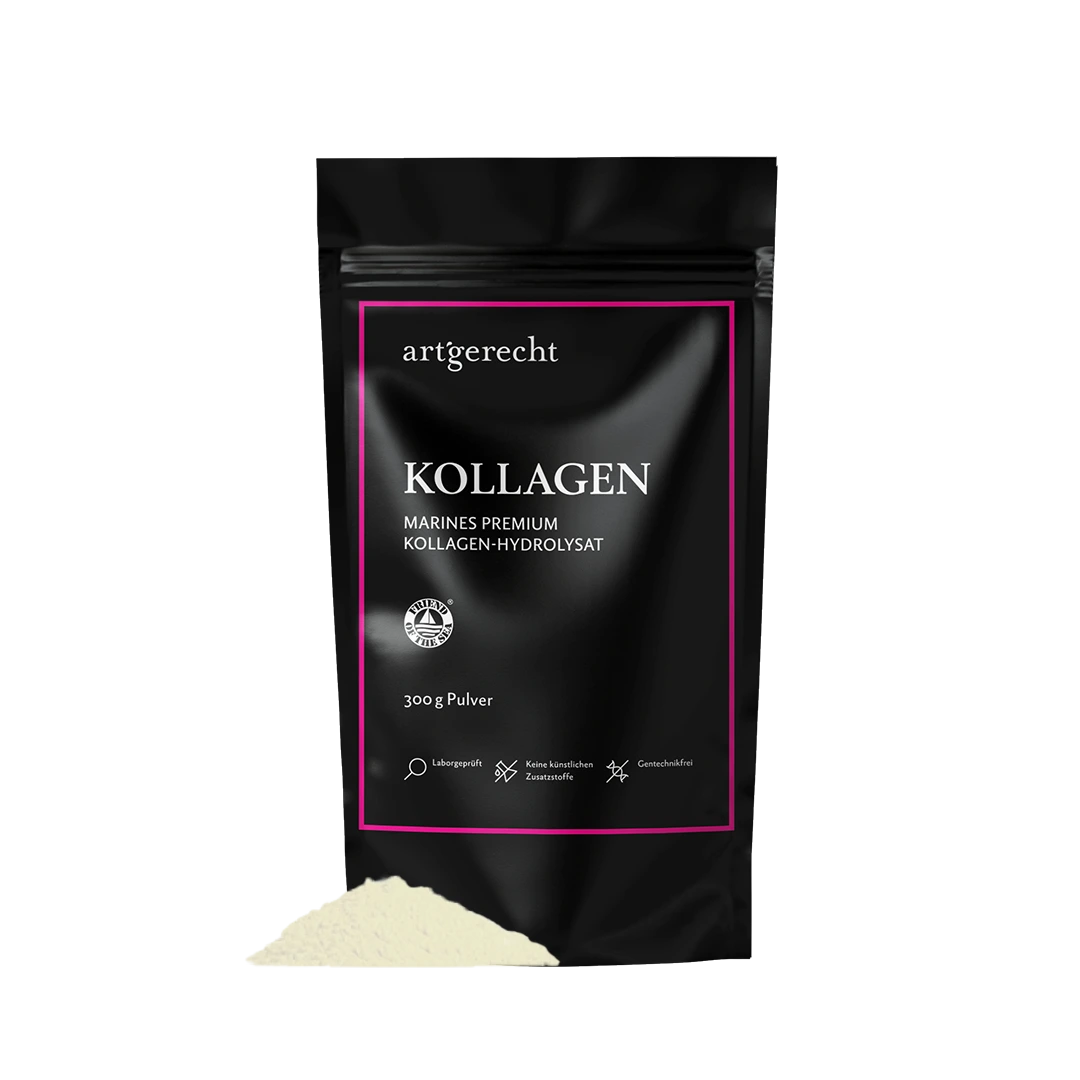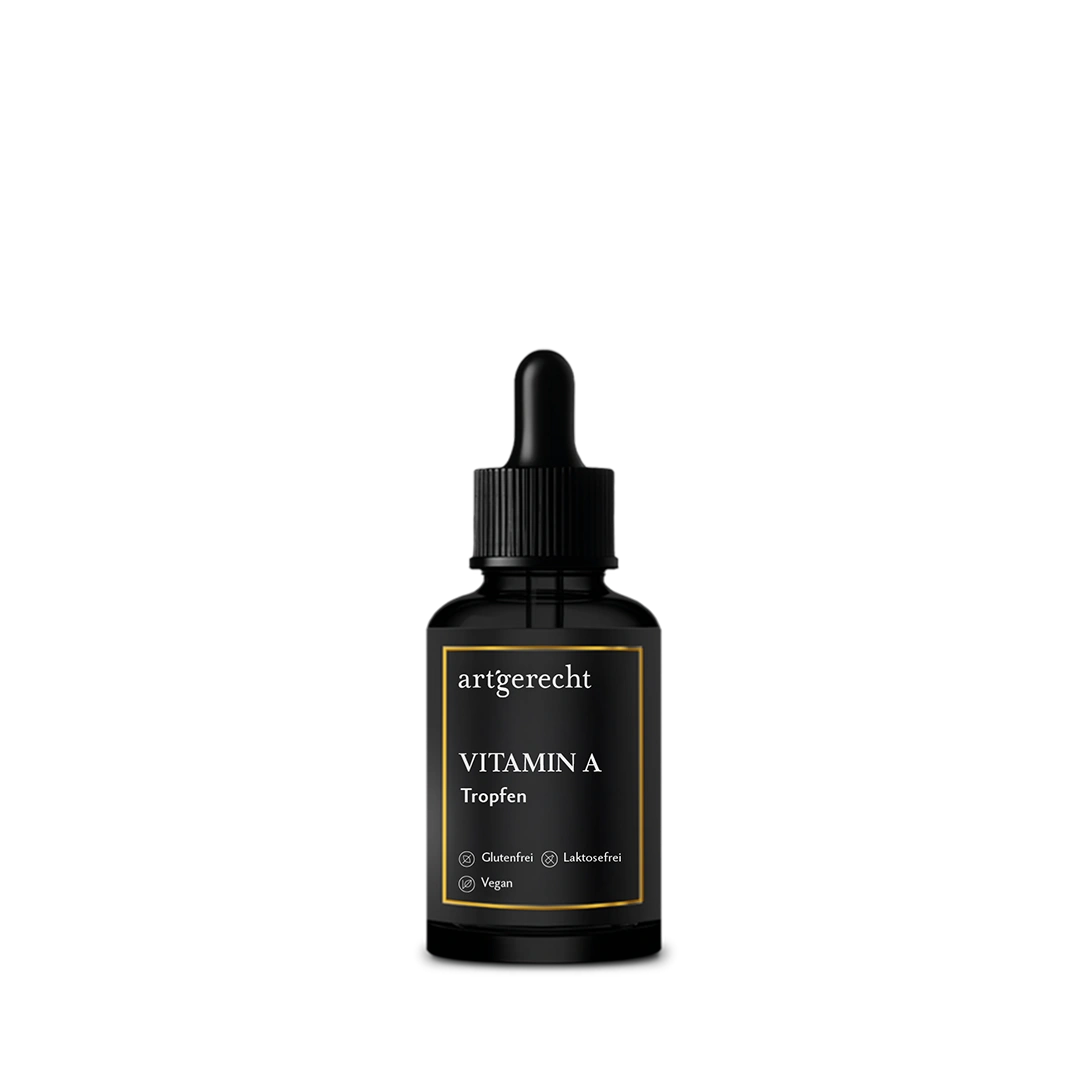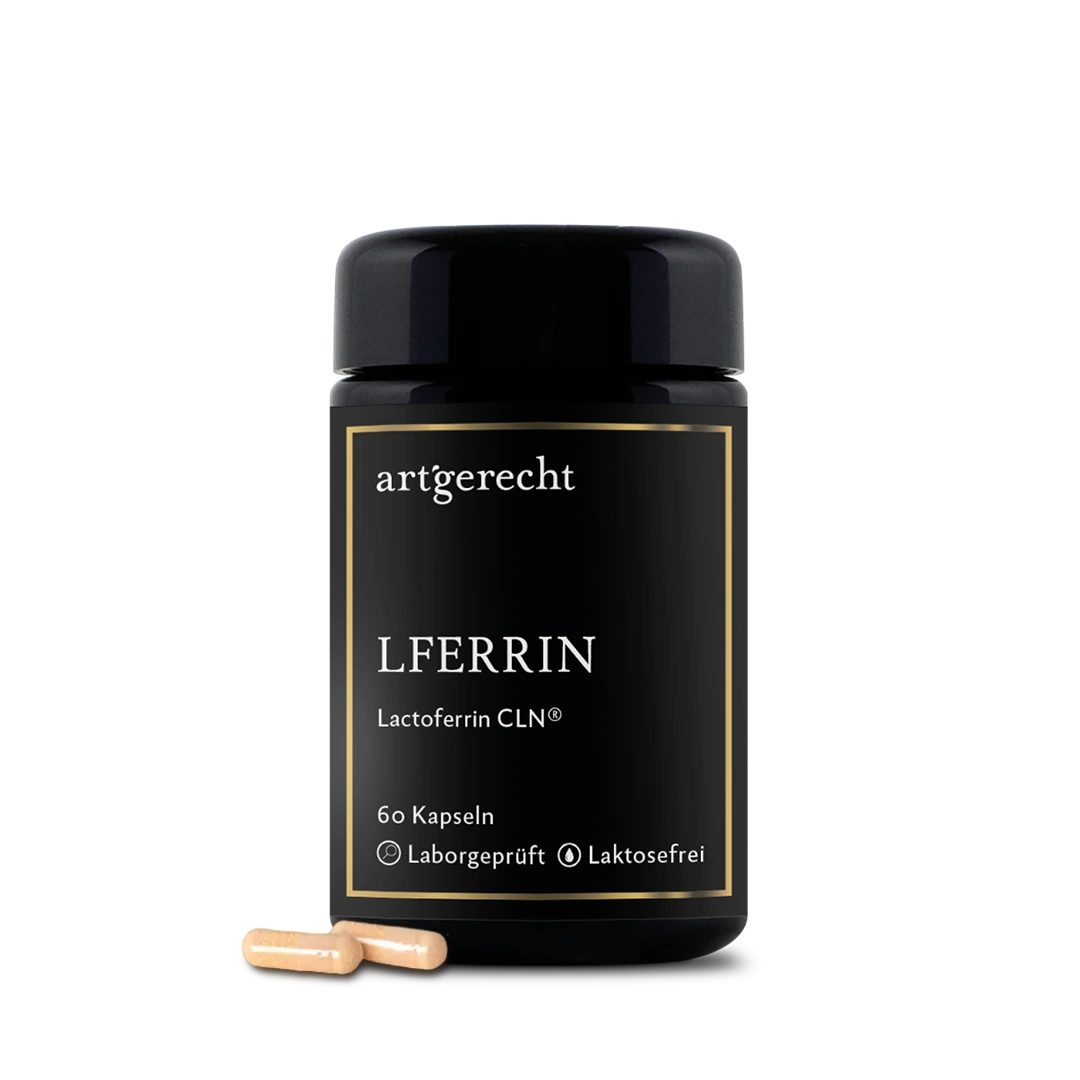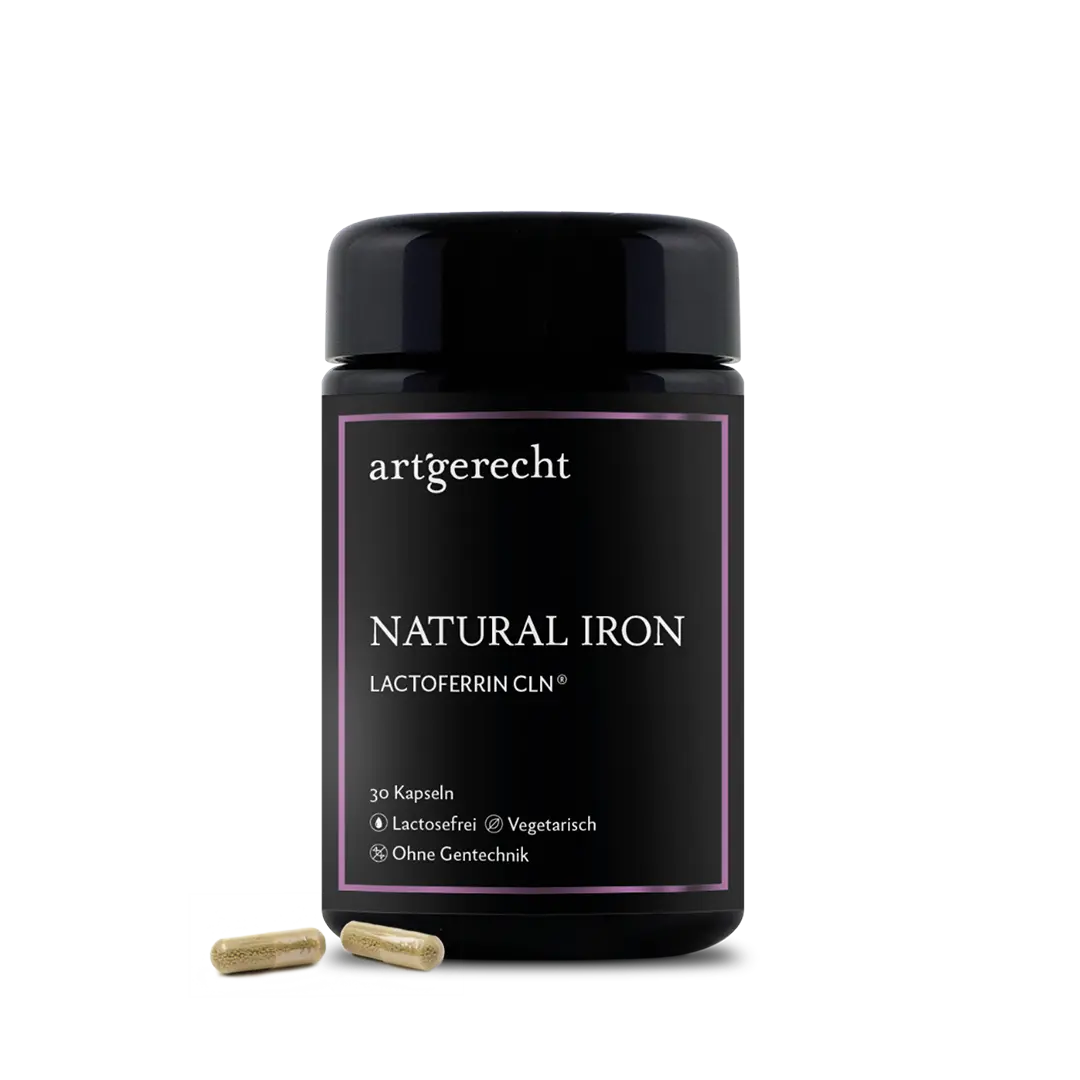In recent decades, the prevalence of allergies in the upper respiratory tract has increased significantly [1]. In Germany, a lifetime prevalence of 8.6% was reported for asthma and 14.8% for hay fever. The upper airways are usually affected. The most common symptoms include sneezing attacks, runny nose and itchy eyes, but a decrease in performance, poor sleep quality and general exhaustion are also among the accompanying symptoms [2].
The cause of the allergic reaction is pollen or pollen dust from wind-pollinated plants. The main allergenic pollen comes from trees, grasses and herbs [2].After years of illness, however, there can also be a so-called „floor change“ from the upper to the lower airways, in which the bronchial tubes also react hypersensitively with the development of bronchial asthma [2]. The prevalence of allergic lung inflammation has increased significantly in recent years, which is related to changing environmental factors such as inhaled pollutants (tobacco smoke, particulate matter, nitrogen oxides and ozone) and repeated exposure to respiratory viruses that produce reactive oxygen species (ROS) [1].
Oxidative stress is not only a consequence of environmental influences, but also arises during inflammatory processes, as inflammatory cells in the airways as well as in the blood vessels produce ROS. Physiologically, there is a balance between the production of ROS and its elimination, which depends on the availability of transition metals such as iron. If there is an imbalance in this system due to a low production of ROS, the cells are oxidatively stressed, which in turn leads to additional ROS production, changes in cellular signaling and the development of pathological processes. Iron in particular can have a negative effect on physiological processes under oxidative stress conditions, as its catalyzing effect converts superoxide anions (O2-) and hydrogen peroxide (H2O2) into cytotoxic hydroxyl radicals. Pro-oxidative iron plays a role in oxidative stress in the lungs in humans and animals [1].Lactoferrin is known for its immunomodulatory and anti-inflammatory properties and its action as an antioxidant. Lactoferrin may be able to reduce the concentration of highly reactive species due to its iron-binding capacity and thus reduce pollen-induced airway inflammation [1].In a cell culture study, lactoferrin was shown to significantly reduce pollen-induced oxidative stress in bronchial epithelial cells [1].
A subsequent in vivo study also showed therapeutic efficacy of lactoferrin in mice with allergic airway inflammation [1]:- The accumulation of eosinophils, immune cells that belong to the granulocytes and are involved in cellular immune defense, was significantly reduced in the airways by lactoferrin.
- The production of mucins (mucous substances) was reduced by lactoferrin by decreasing the accumulation of mucin-producing cells.
- Airway inflammation was reduced by lactoferrin decreasing the accumulation of inflammatory cells and mediators. The antioxidant effect already shown in cell culture was also confirmed in the mouse model through the binding of intracellular iron.
- A further study in sheep with allergic asthma showed that inhalation of lactoferrin can reduce both bronchoconstriction in the late phase and hyperreactivity of the airways. This is probably due to the physiological function of lactoferrin to inhibit the release of tryptase, a messenger substance of activated mast cells (inflammatory cells). Tryptase is considered a possible cause of allergic asthma and the data from the study suggest that the messenger is involved in both bronchoconstriction and airway hyperreactivity. Lactoferrin has been shown to bind to heparin, which is a stabilizer component of the tryptase molecule, and can thus exert its inhibitory effect [3].
In addition to inhibiting the release of mast cell tryptase, it has also been investigated whether lactoferrin can directly influence the activation of mast cells, a key factor in allergic reactions. Study results showed that lactoferrin can inhibit immunoglobulin E-dependent histamine release from human mast cells by up to 50% [4].
In the mouse model, further positive anti-inflammatory and immunoregulatory mechanisms of action of lactoferrin in allergic asthma were demonstrated. Ovalbumin (OVA) was used to sensitize the mice and thus eliminate the clinical picture [5].
These results from initial in vivo studies with animal models provide promising indications of a therapeutic benefit of lactoferrin in allergic inflammatory diseases such as hay fever and allergic asthma. Human clinical studies are eagerly awaited.
Sources
1. Kruzel ML, Bacsi A, Choudhury B, Sur S, Boldogh I. Lactoferrin decreases pollen antigen-induced allergic airway inflammation in a murine model of asthma. Immunology. 2006;119(2):159-166. doi:10.1111/j.1365-2567.2006.02417.x
2. Bergmann KC, Heinrich J, Niemann H. Current status of allergy prevalence in Germany: Position paper of the environmental medicine commission of the Robert Koch Institute. Allergo J Int. 2016;25(1):6-10. doi:10.1007/s40629-016-0089-1
3. Elrod KC, Moore WR, Abraham WM, Tanaka RD. Lactoferrin, a Potent Tryptase Inhibitor, Abolishes Late-Phase Airway Responses in Allergic Sheep. Vol 156; 1997.
4. He S, McEuen AR, Blewett SA, et al. The inhibition of mast cell activation by neutrophil lactoferrin: Uptake by mast cells and interaction with tryptase, chymase and cathepsin G. Biochem Pharmacol. 2003;65(6):1007-1015. doi:10.1016/S0006-2952(02)01651-9
5. Lin CC, Chuang KC, Chen SW, et al. Lactoferrin Ameliorates Ovalbumin-Induced Asthma in Mice through Reducing Dendritic-Cell-Derived Th2 Cell Responses. Int J Mol Sci. 2022;23(22). doi:10.3390/ijms232214185


